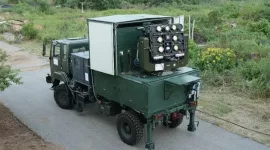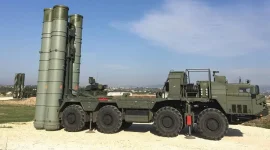- Views: 3K
- Replies: 18
A potential collaboration between India and France to develop a new engine for the nation's future stealth fighter jet may prioritise production timelines over incorporating the most advanced, next-generation technology from the outset.
The proposed engine, intended for the Advanced Medium Combat Aircraft (AMCA), is expected to be co-developed by India's Gas Turbine Research Establishment (GTRE) and French aerospace leader Safran.
According to individuals familiar with the negotiations, the new 120-kilonewton (kN) thrust engine may not initially feature an "adaptive cycle," a highly complex technology that allows an engine to alter its airflow for optimal efficiency at both subsonic and supersonic speeds.
Because this technology is not yet fully mature globally, the partners will likely focus on a more practical design that includes other sixth-generation features, such as a more durable and cooler-running engine core, ensuring a balance between high performance and technological readiness.
While Safran is widely considered the front-runner for this critical partnership, India's Ministry of Defence has not yet made a formal announcement confirming the selection. A final decision and the formalisation of the agreement are widely anticipated before the end of the current year.
This engine is crucial for the AMCA Mk2, the more advanced version of India's indigenous fifth-generation stealth fighter.
Sources indicate that the French company has proposed a timeline to deliver a production-ready engine within a period of 10 to 12 years. This schedule aligns with the projected start of AMCA Mk2 production, which is targeted for the mid-2030s.
Opting for a more conventional core at this stage is seen as a pragmatic step to prevent potential delays in the fighter jet's overall development schedule.
However, the agreement is expected to be structured to allow for future upgrades. India will likely retain the rights to modify the engine's core technology in the coming years.
This provision keeps the door open for developing a true adaptive cycle engine after 2040, which could be used to power future Indian combat aircraft, including a potential replacement for the Indian Air Force's large fleet of Su-30MKI jets.
In line with this long-term vision, GTRE has already initiated preliminary research into adaptive cycle technology in partnership with Indian academic institutions.




